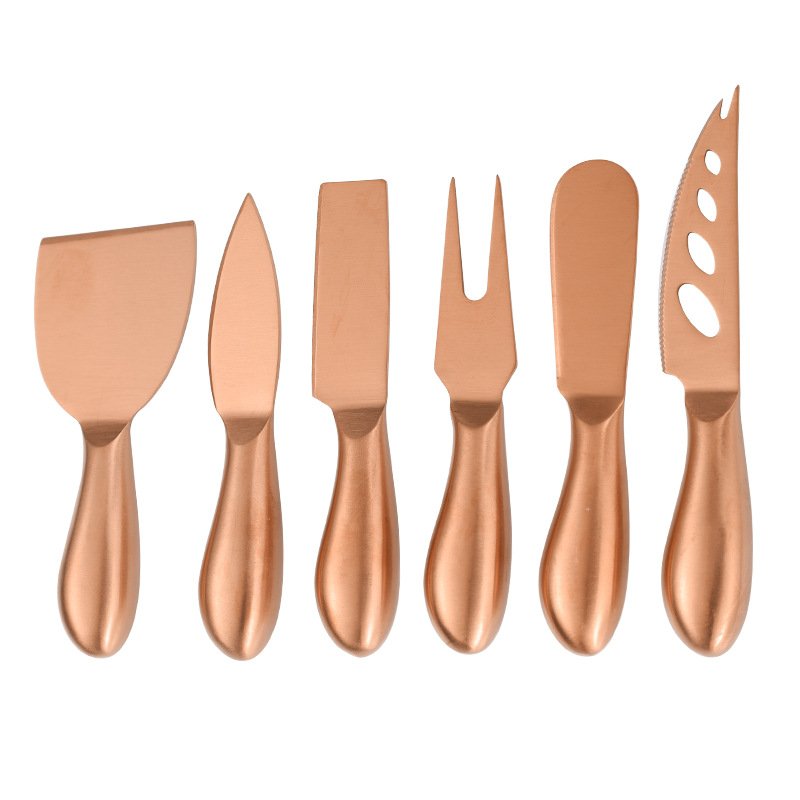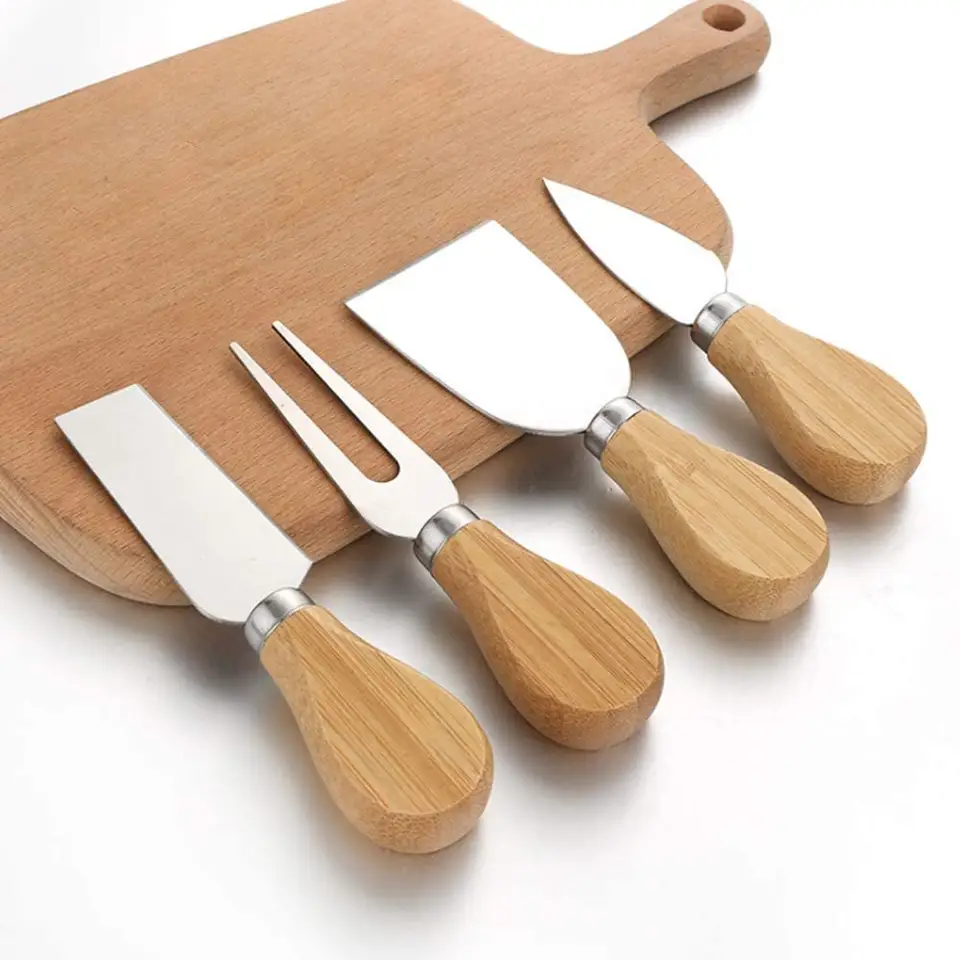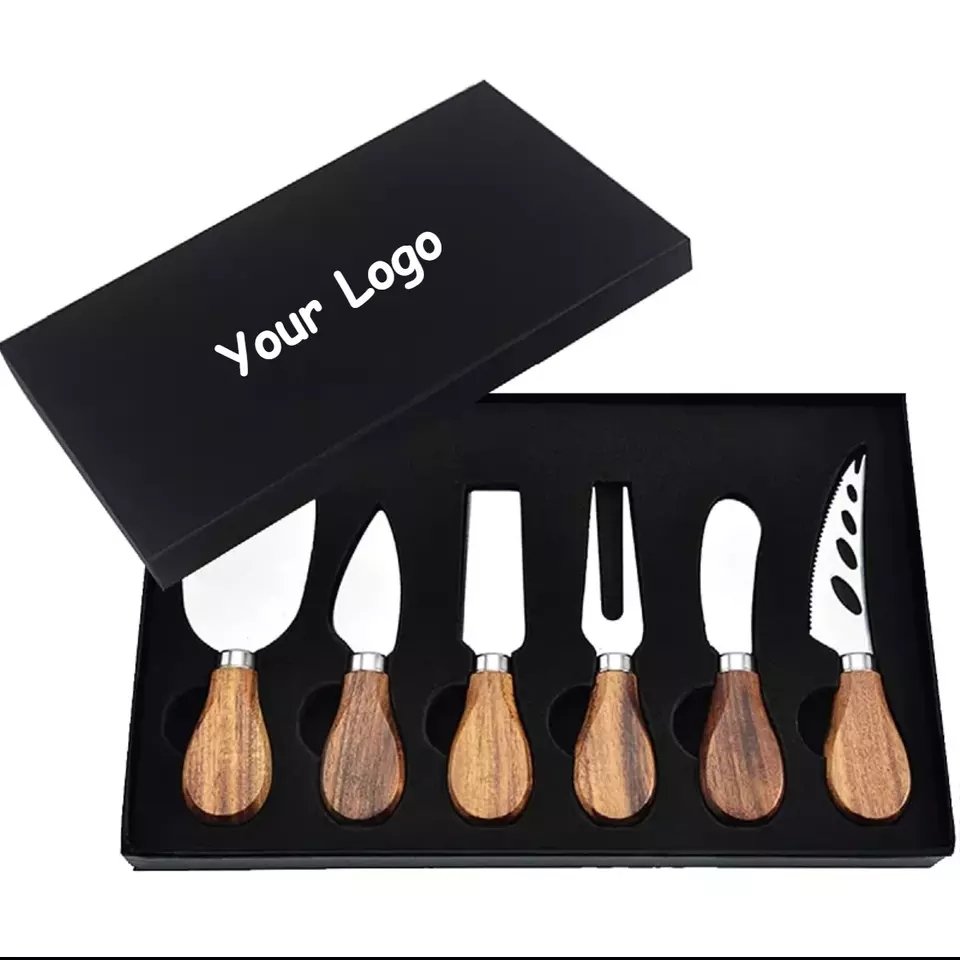Rising tariffs between the US and China have created cost pressures for cutlery importers, threatening profit margins and pricing.
To keep cutlery costs low, importers must adopt smart strategies such as flexible sourcing, strong supplier negotiation, early purchasing, and supply chain optimization to navigate tariff uncertainties.
Tariffs are complex, but with the right moves, you can reduce their impact and keep your business competitive. Let’s explore practical ways to handle this challenge.
Table of Contents
What strategies can importers use to reduce tariff impact?
Tariffs add unexpected costs that hurt importers’ budgets and pricing power.
Importers can reduce tariff impact by diversifying sourcing, using trade programs, classifying products correctly, and leveraging duty drawbacks.
Diversifying Sourcing Locations
Importers should consider alternative countries like Vietnam or India to reduce reliance on China. Spreading orders helps avoid tariff spikes on any single source.
| Strategy | Benefits | Challenges |
|---|---|---|
| Diversification | Reduces tariff risk | Quality and lead time variance |
| Trade Programs | Lower or zero tariffs via agreements | Complex paperwork |
| Correct Classification | Avoids misclassification penalties | Needs expert knowledge |
| Duty Drawbacks | Recovers paid duties on exports | Requires detailed records |
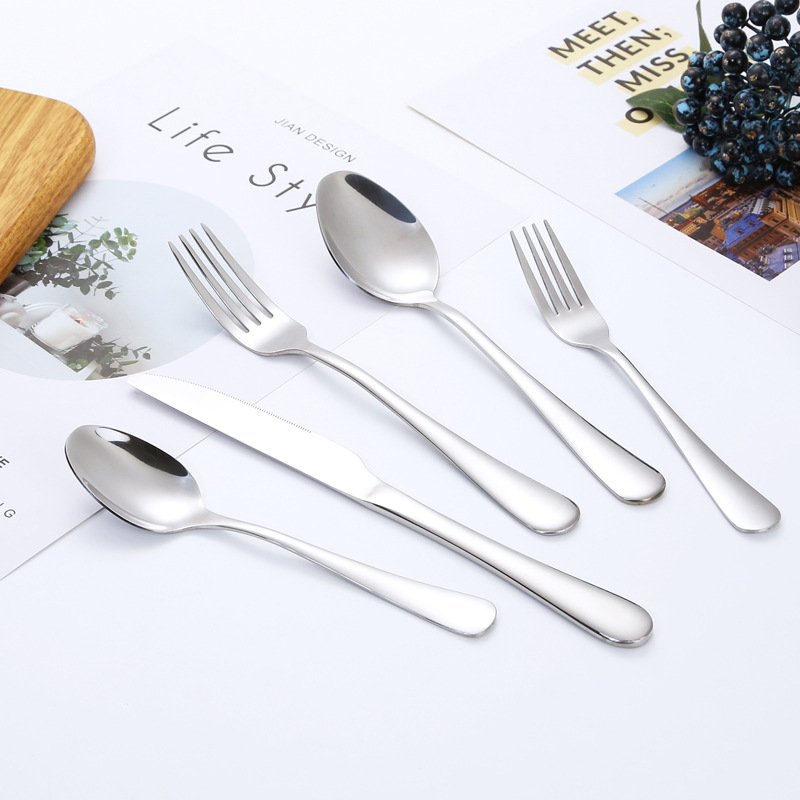
Leveraging Trade Programs
Programs like the US Generalized System of Preferences (GSP) or Free Trade Agreements (FTAs) can reduce tariffs legally. Importers must ensure products qualify and paperwork is accurate.
Product Classification Accuracy
Misclassifying cutlery can lead to higher tariffs or fines. Consulting with customs experts helps use the correct HS codes.
How to negotiate with Chinese suppliers during trade tension?
Trade tensions strain buyer-supplier relationships, raising costs and delays.
Effective negotiation requires transparency, flexibility, long-term thinking, and exploring cost-saving solutions together with suppliers.
Transparency and Open Communication
Share your tariff challenges with suppliers. This openness encourages mutual problem-solving and trust.
Flexible Terms and Orders
Negotiate smaller, more frequent shipments to reduce inventory risks or explore supplier financing options.
| Strategy | Benefits | Challenges |
|---|---|---|
| Diversification | Reduces tariff risk | Quality and lead time variance |
| Trade Programs | Lower or zero tariffs via agreements | Complex paperwork |
| Correct Classification | Avoids misclassification penalties | Needs expert knowledge |
| Duty Drawbacks | Recovers paid duties on exports | Requires detailed records |
Joint Cost-Saving Initiatives
Work on design or packaging changes to lower costs without sacrificing quality. For example, reducing unnecessary packaging or using more efficient materials.
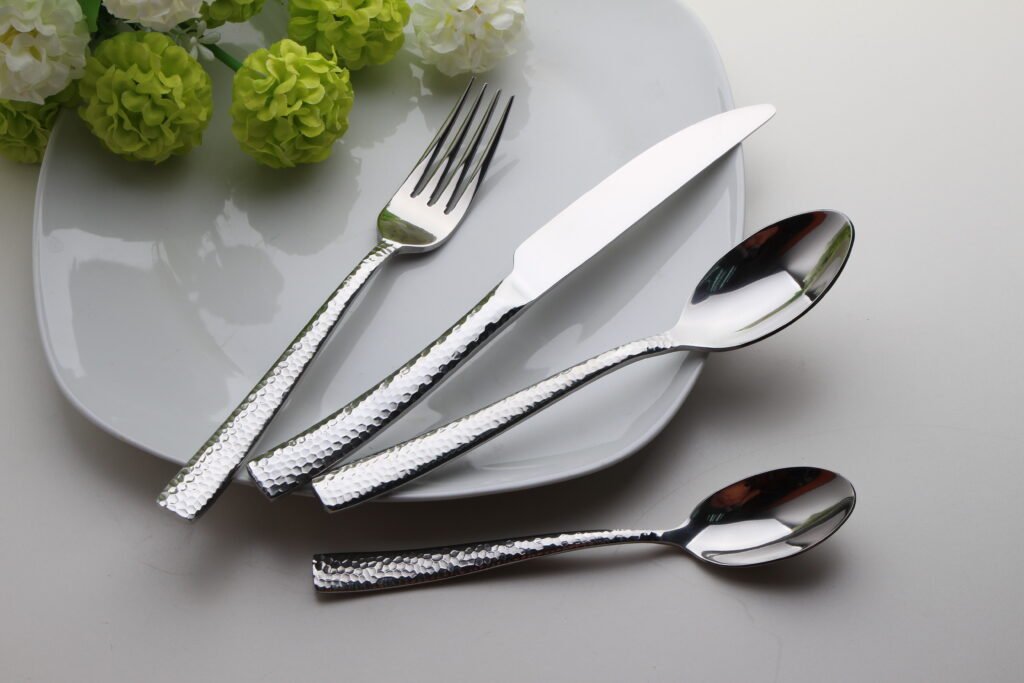
Should you buy before tariffs increase again?
Importers worry about timing purchases amid possible tariff hikes.
Buying before tariffs rise can save money, but it risks overstock and cash flow issues; a balanced approach is best.
Benefits of Early Purchasing
Stocking up before tariff increases can lock in lower landed costs and protect margins.
Risks Involved
Overbuying ties up capital and storage space. Changes in demand or product specs can cause losses.
| Factor | Pros | Cons |
|---|---|---|
| Early Bulk Buy | Cost savings on tariffs | Inventory holding costs |
| Just-in-Time Buy | Lower inventory risk | Potential tariff increase |
| Split Orders | Balance costs and risk | Increased logistics expenses |
Flexible Purchasing Strategies
Use a mix of early and just-in-time orders. Stay informed on tariff updates to adjust quickly.
How can Chinese manufacturers support your brand now?
Despite tensions, many Chinese manufacturers remain committed to customer success.
They offer customization, flexible MOQ, rapid prototyping, and competitive pricing to help brands stay strong.
Customization and Branding
Chinese factories excel in custom logos, packaging, and designs to help your brand stand out.
Flexible Minimum Order Quantities (MOQs)
Manufacturers often allow smaller orders or mixed SKUs to reduce your inventory risk.
| Support Aspect | Benefits | Example |
|---|---|---|
| Custom Packaging | Enhances brand recognition | Custom printed boxes |
| Fast Prototyping | Speeds product development | Rapid sample turnaround |
| Competitive Pricing | Helps manage overall costs | Tiered pricing based on volume |
Supply Chain Responsiveness
Many factories adapt production schedules quickly, helping you respond to market shifts.
How can importers optimize their supply chain to minimize tariff costs?
Tariffs increase the total landed cost, but supply chain optimization can offset these increases.
Importers should improve logistics, consolidate shipments, and use bonded warehouses to reduce tariff burdens.
Consolidation and Bulk Shipping
Combining orders reduces per-unit shipping costs and may improve customs clearance efficiency.
Using Bonded Warehouses
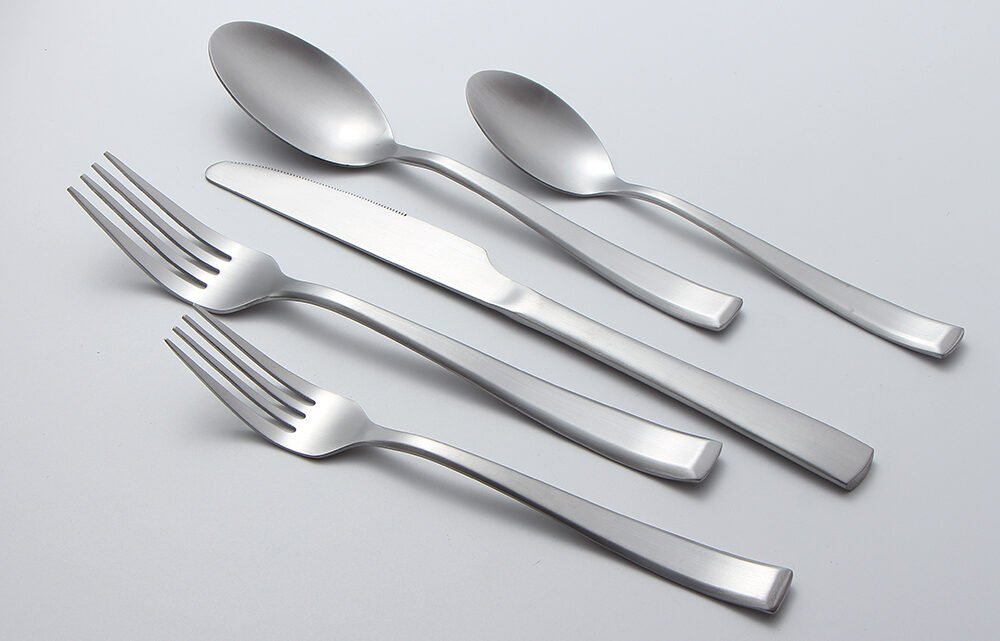
Storing goods in bonded zones delays tariff payment until goods enter the local market, improving cash flow.
| Supply Chain Method | Benefits | Considerations |
|---|---|---|
| Shipment Consolidation | Lower shipping and customs fees | Requires good supplier coordination |
| Bonded Warehousing | Deferred tariffs and taxes | May involve additional storage fees and compliance requirements |
| Compliance Complexity | Helps avoid legal/tariff issues | Requires expert documentation and monitoring |
| Inventory Management | Reduces overstock and waste | Needs accurate demand forecasting |
Digital Tracking and Forecasting
Better data tools help avoid excess inventory and identify tariff-related cost spikes early.
How do trade policies and tariffs shape the future of cutlery sourcing?
Trade policies create uncertainty but also drive innovation and diversification in sourcing.
Tariffs push importers to rethink supply chains, seek new partners, and demand more transparency and flexibility from suppliers.
Shift in Global Manufacturing
Tariffs encourage moving production to lower-cost countries outside China, such as Southeast Asia.
| Trend | Impact | Challenge |
|---|---|---|
| Supply Chain Diversification | Reduced tariff exposure | Quality consistency |
| Increased Supplier Collaboration | Stronger partnerships required | Communication barriers |
| Greater Transparency | More traceability in sourcing | Higher administrative costs |
Emphasis on Resilience
Companies invest in flexible supply chains that can adapt quickly to changing tariffs or regulations.
Digital and Automation Advances
Trade uncertainties accelerate digital tools to improve efficiency and cost visibility.
Navigating tariffs needs smart strategies in sourcing, negotiation, purchasing, and supply chain management to keep cutlery costs low amid uncertainty.


